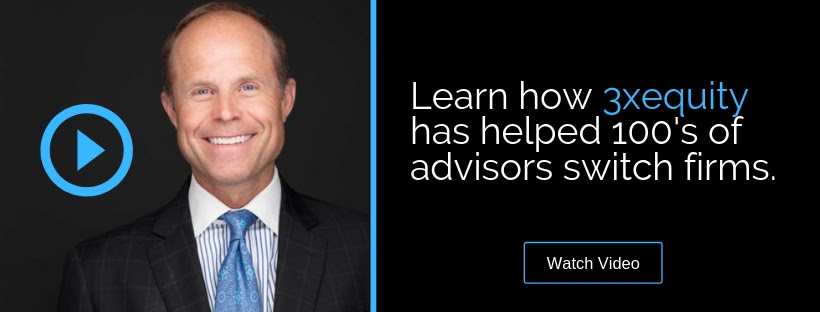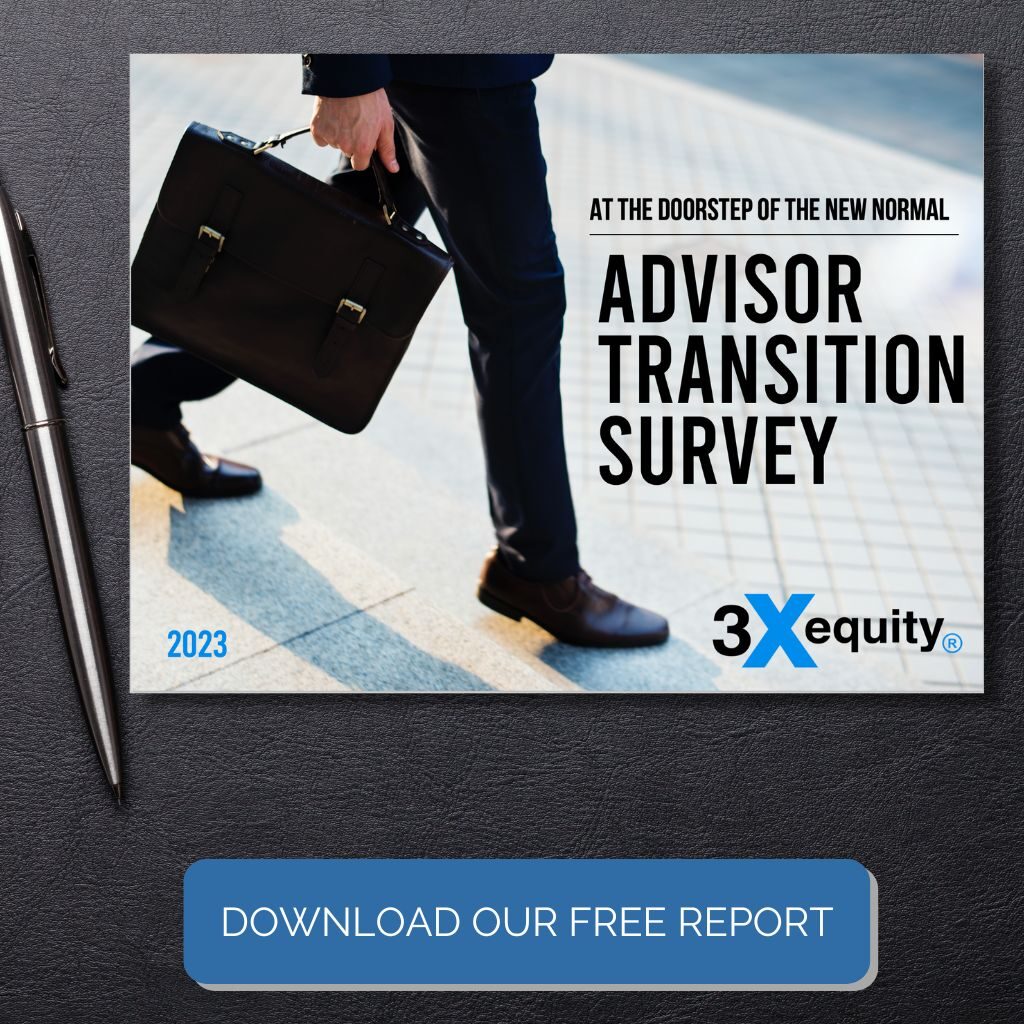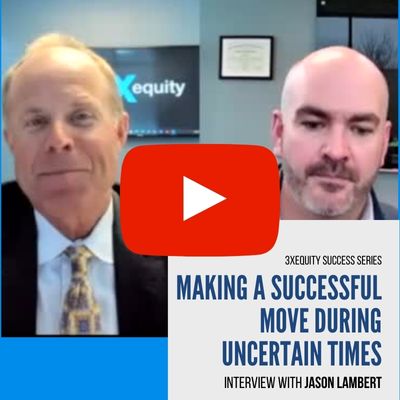Edward Jones has long been the entry-level 4×4 of the financial services world. Built for utility, widely available, and designed to get the job done, it was never flashy—but it was accessible. Advisors cut their teeth there, and clients who didn’t know where else to go found a familiar, Main Street option. But now, the firm is shifting gears.
They’re not just adding chrome accents—they’re rebuilding the chassis.
With new tools like SMAs, discretionary trading, and high-net-worth investment overlays, and with top advisors pulling in $10 million+ in revenue, Edward Jones is clearly trying to ditch its budget-brand image in favor of something more refined. But here’s the big question:
Can a brand built for the farm become the vehicle of choice for the wealthy?
The Range Rover Blueprint
Land Rover started life in the mud. Literally. Designed in post-war Britain to serve farmers, it was a utilitarian vehicle built to be hosed down at the end of the day. But over time, it evolved. The Range Rover—its more polished sibling—entered the picture in 1970, keeping the go-anywhere DNA but adding leather, tech, and status.
Now? A Range Rover is as likely to be seen at a vineyard or private school car line as it is on a trail in Wales. Land Rover pulled off the rare feat of keeping its soul while upgrading its image.
Edward Jones is hoping to do the same.
Shared Traits in the Transformation
| Land Rover → Range Rover | Edward Jones → Upmarket Jones |
|---|---|
| Built for farm work | Built for mass-market investors |
| Known for utility, not luxury | Known for accessibility, not prestige |
| Introduced premium design & tech | Introduced SMAs, teaming, bank products |
| Attracted wealthier clientele | Attracting million-dollar+ producers |
| Retained rugged appeal | Retains local, advisor-centric structure |
The key for both: evolution without alienation. Range Rover never stopped being capable; it just became more comfortable. Edward Jones wants to keep its relationship-driven, hyper-local roots—while also showing it can serve clients with $10 million portfolios.
Not Every Brand Makes the Jump
Of course, for every Range Rover, there’s a brand that tried and failed to trade up:
Oldsmobile tried to reinvent itself as younger and more upscale. It didn’t work.
Buick ran ads with the tagline “This is not your grandfather’s Buick”—but struggled to change consumer perception.
JCPenney attempted a luxury pivot and alienated its core base.
The difference? Execution and credibility. You can’t just say you’re upscale—you have to look, feel, and perform like it. That includes brand perception, advisor talent, platform sophistication, and client experience.
The Road Ahead – With a Shift at the Helm
If Edward Jones can continue investing in platform modernization, advisor autonomy, and client experience without losing its cultural identity, it might just become the Range Rover of wealth management: rugged, reliable, and surprisingly refined.
But if it overreaches—or underdelivers—it risks ending up like a dressed-up farm truck, polished on the outside, clunky underneath.
That risk looms larger amid a critical leadership shift: long-serving recruiting chief Don Aven, who helped steer Jones’ veteran broker hiring since 2019, is retiring at year-end. His successor, Jason Henderson, has already been tapped to lead financial advisor growth and now assumes Aven’s recruiting responsibilities. The change underscores a broader pivot: Edward Jones isn’t just evolving its advisor platform—it’s remaking the team that recruits and supports those advisors.
This is no cosmetic facelift—it’s a brand-wide repositioning.
Just as Land Rover bridged rugged and refined with the Range Rover, Jones now has to align its recruiting, culture, and tools with its upscale ambitions.
Why Leadership Matters in the Upgrade
Brand Consistency: Recruiting leadership shapes the narrative that attracts the right kind of advisors.
Cultural Shift: Aven built a pipeline focused on volume and franchise fit. Henderson must now focus on higher-end talent.
Execution Risk: Misalignment between vision and execution could unravel the gains.
Final Pass or Just Polishing?
Edward Jones is laying the groundwork for a bold reinvention:
4,000 advisors producing $1M+ annually
500+ multi-million-dollar producers
Expanded SMA and advisory platforms
Acquisition of Natixis’ overlay business
Payouts up to 70% with performance-based bonuses
But reputational upgrades require cohesion:
Teams must embody the HNW promise
Tools must consistently deliver
Recruiting and messaging must reinforce the new image
If Jason Henderson can build on Aven’s foundation with a new vision of advisor excellence, Edward Jones might just engineer its Range Rover moment.
If not? It could remain a sturdy workhorse, outshined by competitors already engineered for luxury.
If that sounds like you, check out our guide
When Is the Right Time to Leave Edward Jones?
The road to the next phase of your career might be smoother—and more rewarding—than you think.




